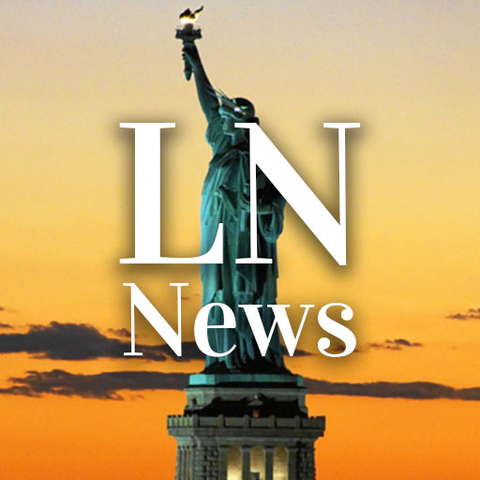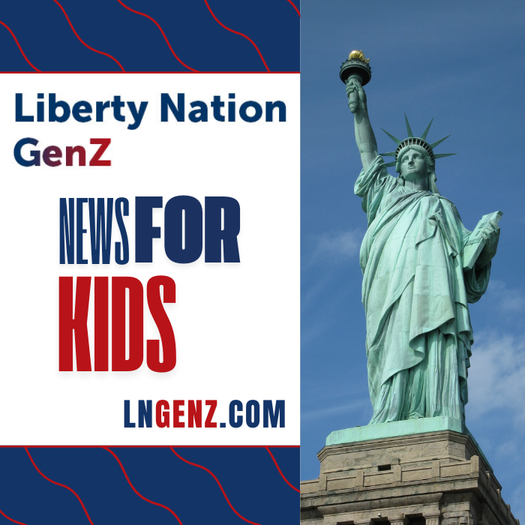



Who wants to be Federal Reserve Chair Jerome Powell these days? The central bank chief is not only enduring pressure from the White House to lower interest rates, but he is also facing opposition from some members of the Federal Open Market Committee (FOMC). Suffice it to say, history was made at the July policy meeting.
The Federal Reserve kept the benchmark federal funds rate unchanged for the fifth straight meeting on July 30, leaving the policy rate in a range between 4.25% to 4.5%. The key interest rate is influential as it can affect business, consumer, and government borrowing costs and play a significant role in the broader economic landscape.
It took 30 years for differing opinions to arrive at the Eccles Building? No wonder some are discussing a regime change and a top-down review of Fed operations.
Powell touted the benefits of having diversity of thought, telling reporters that this had been one of the best meetings in recent memory. “This was quite a good meeting all around the table where people thought carefully about this and put their positions out there,” he said. “You want that clear thinking and expression of your thinking, and we certainly had that today, I think, all around the table.”
It should not be all too surprising that Bowman and Waller broke from the consensus. For weeks, both key officials, appointed by President Donald Trump, advocated for restarting the rate-cutting cycle as soon as possible. First, they say tariffs are not fueling inflation. Second, they are worried that the US labor market is deteriorating.
“I think we’re in the position that we could do this as early as July,” Waller told CNBC’s Squawk Box in a June 20 interview. In a June 23 speech in the Czech Republic, Bowman stated that it was “time to consider adjusting the policy rate.”
Liberty Nation depends on the support of our readers. Donate now!
Whether they are attempting to curry favor with President Trump and be considered for head of the Federal Reserve system is unknown. But the vital question is: What happens in September?
Investors had been all but certain that the Fed would follow through on a quarter-point interest rate cut at the September FOMC meeting. However, Powell’s post-meeting comments ostensibly spooked financial markets, with traders lowering the odds of a September rate cut to 47% from as high as 75% a month ago, according to the CME FedWatch Tool.
Could it have been this comment? “We have made no decisions about September,” he said. “We don’t do that in advance. We’ll be taking that information into consideration and all the other information we get as we make our decision.” It could not have been those words: Powell has noted before that monetary policymakers go meeting by meeting and are not on a preset course.
 Perhaps it was this part of his engagement with the press: “Our obligation is to keep longer-term inflation expectations well anchored and to prevent a one-time increase in the price level from becoming an ongoing inflation problem,” he said. This makes the incoming inflation data ever more critical for market watchers betting on rate cuts.
Perhaps it was this part of his engagement with the press: “Our obligation is to keep longer-term inflation expectations well anchored and to prevent a one-time increase in the price level from becoming an ongoing inflation problem,” he said. This makes the incoming inflation data ever more critical for market watchers betting on rate cuts.
As Powell mentioned, the Fed will have several more inflation readings and employment reports to review before its meeting on September 16 and 17. The Fed chief acknowledged that “higher tariffs have begun to show through more clearly to prices of some goods,” and the situation could intensify over the next couple of months.
Liberty Nation News has pointed out the various tariff-sensitive goods that have sent mixed signals. The next key inflation measure will be the July Consumer Price Index. Early estimates suggest that the annual inflation rate will remain steady at 2.7% and the monthly CPI will increase by 0.2%. The widely watched Producer Price Index, a pipeline inflation indicator as it measures prices paid for goods and services by businesses early in the supply chain, is projected to rise 0.2%. Import prices are forecast to remain little changed.
Should inflation hold steady, a September rate cut is likely. That said, it all depends on how the numbers are digested. The June CPI report was a perfect illustration of the dichotomy between pro- and anti-tariff viewpoints. On the one hand, the data indicated that levies were traversing the marketplace. On the other hand, figures suggested no tariff-driven price pressures. Whatever the case, the public will bear witness to President Trump coming up with new nicknames for Jerome Powell until the central bank chief cuts interest rates.
